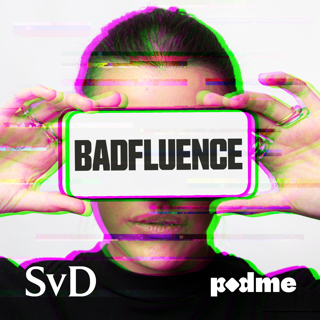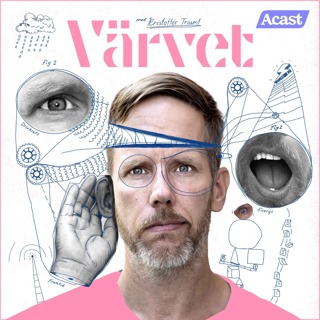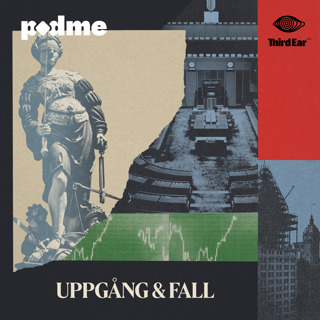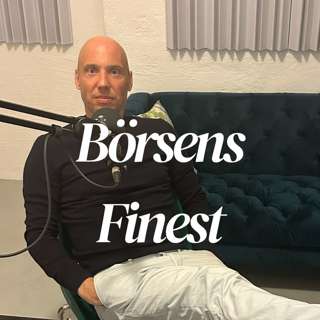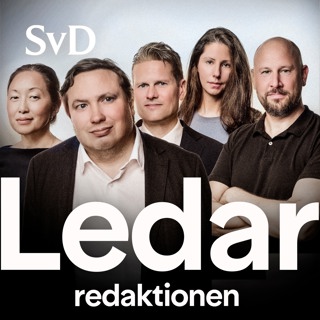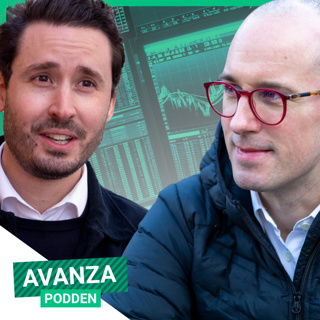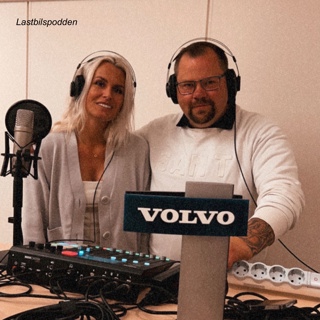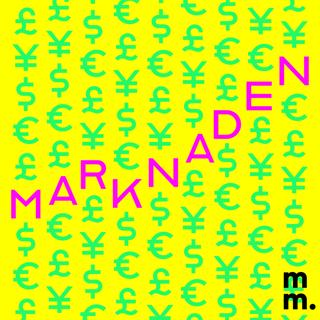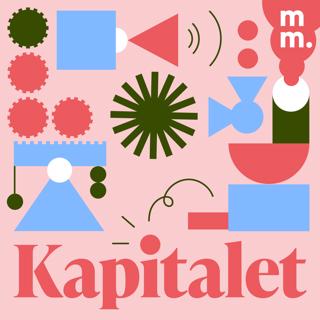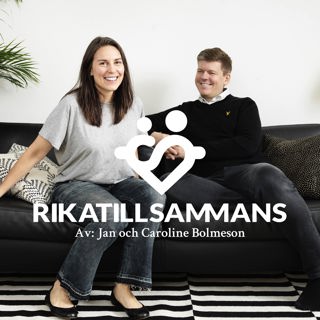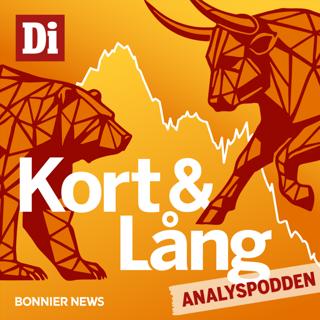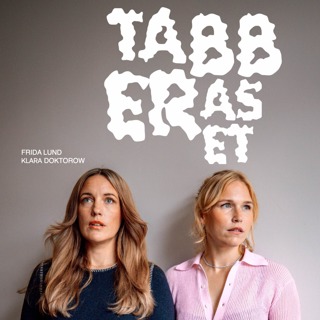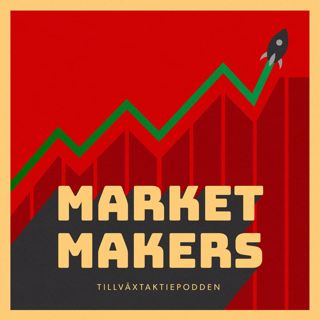
a16z Podcast: Not all Network Effects Are Created Equal
From hardware and hardwires to smartphones and social, technology wants to connect. It's almost a native property of technology and especially software businesses, which is why network effects matter. "It was endemic to these technologies that they wanted to become connected and once connected, they become networks and once networks, they become network effects. Other products like cars or toasters or houses or whatever, aren't natively connected physically or through information sharing," observes James Currier. But not all network effects are equal -- not only can they be strong or weak, there are many different types depending on the business. Currier, who is the co-founder and managing partner of an accelerator (NFX Guild) that advises and runs a runs a program for all kinds of early-stage companies with network effects, shares their ever-evolving taxonomy for thinking about different types of network effects in this episode of the a16z podcast. These labels matter. It's not just words, but language that aids understanding -- and the corresponding growth playbook -- that can help build businesses with network effects, especially given the specific challenges they face. And finally, why did some companies with network effects take off but others didn't? The views expressed here are those of the individual AH Capital Management, L.L.C. (“a16z”) personnel quoted and are not the views of a16z or its affiliates. Certain information contained in here has been obtained from third-party sources, including from portfolio companies of funds managed by a16z. While taken from sources believed to be reliable, a16z has not independently verified such information and makes no representations about the enduring accuracy of the information or its appropriateness for a given situation. This content is provided for informational purposes only, and should not be relied upon as legal, business, investment, or tax advice. You should consult your own advisers as to those matters. References to any securities or digital assets are for illustrative purposes only, and do not constitute an investment recommendation or offer to provide investment advisory services. Furthermore, this content is not directed at nor intended for use by any investors or prospective investors, and may not under any circumstances be relied upon when making a decision to invest in any fund managed by a16z. (An offering to invest in an a16z fund will be made only by the private placement memorandum, subscription agreement, and other relevant documentation of any such fund and should be read in their entirety.) Any investments or portfolio companies mentioned, referred to, or described are not representative of all investments in vehicles managed by a16z, and there can be no assurance that the investments will be profitable or that other investments made in the future will have similar characteristics or results. A list of investments made by funds managed by Andreessen Horowitz (excluding investments and certain publicly traded cryptocurrencies/ digital assets for which the issuer has not provided permission for a16z to disclose publicly) is available at https://a16z.com/investments/. Charts and graphs provided within are for informational purposes solely and should not be relied upon when making any investment decision. Past performance is not indicative of future results. The content speaks only as of the date indicated. Any projections, estimates, forecasts, targets, prospects, and/or opinions expressed in these materials are subject to change without notice and may differ or be contrary to opinions expressed by others. Please see https://a16z.com/disclosures for additional important information.
1 Aug 201621min

a16z Podcast: We Gotta Talk Pokémon Go
Seemingly overnight, a single game -- Pokémon Go -- has taken people by storm. But it's a game that was technically years in the making, building on a legacy of creative intellectual property and technologies such as mobile, geomapping/ geolocation, computer vision, and more. And since "toys are the prelude to serious ideas" [Charles and Ray Eames] or "the next big thing will start out looking like a toy" [Chris Dixon via Clayton Christensen], we want to understand this phenomenon beyond the hype and the hope: Not only is Nintendo stock soaring, but people are sharing amazing stories of massive public play, meeting strangers, saving dogs, fighting crime, helping autistic children. So what are some of the mechanics behind the game and its viral growth (and is this also a case of network effects)? Is this the first in a new wave of phone-based lightweight augmented reality a.k.a. "light AR"? How will things change as our environments become even more sensorified or more people embrace "camera expression" (as with Snapchat)? And finally, what does an "appified game" vs. a "gamified app" mean for monetization? In this episode of the a16z Podcast, a16z deal team partners Anu Hariharan and Kyle Russell (in conversation with Sonal Chokshi) are joined by Product Hunt CEO and founder -- and cultural trendwatcher/maker -- Ryan Hoover to discuss all this and more. So how do we tell the difference between a fad and something that's here to stay?? photo: iphonedigital / Flickr The views expressed here are those of the individual AH Capital Management, L.L.C. (“a16z”) personnel quoted and are not the views of a16z or its affiliates. Certain information contained in here has been obtained from third-party sources, including from portfolio companies of funds managed by a16z. While taken from sources believed to be reliable, a16z has not independently verified such information and makes no representations about the enduring accuracy of the information or its appropriateness for a given situation. This content is provided for informational purposes only, and should not be relied upon as legal, business, investment, or tax advice. You should consult your own advisers as to those matters. References to any securities or digital assets are for illustrative purposes only, and do not constitute an investment recommendation or offer to provide investment advisory services. Furthermore, this content is not directed at nor intended for use by any investors or prospective investors, and may not under any circumstances be relied upon when making a decision to invest in any fund managed by a16z. (An offering to invest in an a16z fund will be made only by the private placement memorandum, subscription agreement, and other relevant documentation of any such fund and should be read in their entirety.) Any investments or portfolio companies mentioned, referred to, or described are not representative of all investments in vehicles managed by a16z, and there can be no assurance that the investments will be profitable or that other investments made in the future will have similar characteristics or results. A list of investments made by funds managed by Andreessen Horowitz (excluding investments and certain publicly traded cryptocurrencies/ digital assets for which the issuer has not provided permission for a16z to disclose publicly) is available at https://a16z.com/investments/. Charts and graphs provided within are for informational purposes solely and should not be relied upon when making any investment decision. Past performance is not indicative of future results. The content speaks only as of the date indicated. Any projections, estimates, forecasts, targets, prospects, and/or opinions expressed in these materials are subject to change without notice and may differ or be contrary to opinions expressed by others. Please see https://a16z.com/disclosures for additional important information.
22 Juli 201635min

a16z Podcast: Getting Network Effects
One of the biggest misconceptions around network effects (which are one of the key dynamics behind many successful and highly defensible software companies) is confusing growth with engagement. So how does one tell the difference between viral growth and network effects? How does one create network effects in different businesses? (Hint: it's not by accident!) How do you know when to hang in there because you see signs of network effects or just drop it and move on to something else? And what are some examples of teasing all of the above apart? In this episode of the a16z Podcast -- based on an event we hosted and slide deck we released all about network effects -- a16z partners Anu Hariharan and Jeff Jordan (who cover all things marketplaces, consumer, and more) share (in conversation with Sonal Chokshi) their observations, insights, and experiences. Because, why reinvent the, er, flywheel?
15 Juli 201648min

a16z Podcast: On Government as Software Builder, Not Just Buyer
We already know that the government is one of the largest IT buyers, but in many ways it is also an IT builder. Especially for areas where the government is doing something that no one else is doing, like running Medicare and Social Security -- i.e., unique services no other company out there is building software for. That's where the USDS comes in. Now almost two years old, the United States Digital Services is "a startup at the White House" responsible for mission-critical, citizen-facing services like improving Veterans' Affairs healthcare applications and benefit claims appeals, or student loan repayments. But can one really operate as a startup while embedded in an entity as complex and huge -- remember, each agency would be like a Fortune 500 company -- as government? It may not be move fast and break things, observes Mikey Dickerson, Google engineer-turned-administrator of the USDS (and one of the fixers of the original healthcare.gov), but "There's a world of difference between moving a little slower than you're used to and not moving at all." And it's not like large companies don't have huge, bureaucratic structures either. In fact, argues USDS co-founder and deputy administrator Haley Van Dyck, both government and big companies are going through the same shift right now, one where technology is moving "from what used to be the periphery into the core mission of business". So what are the similarities and differences between operating in government vs. big companies? How to draw talent from the private sector into the public sector while avoiding adverse selection (hint: through tours of duty)? And finally, what about fixing the procurement process (because "you don't buy software the same way you would buy a battleship")? Dickerson and Van Dyck share their thoughts on these issues, as well as peacetime/wartime tactics, in this episode of the a16z Podcast.
14 Juli 201623min

a16z Podcast: Software Programs the World
"All of a sudden you can program the world" -- it's the continuation of the software eating the world thesis we put out over five years ago, and of the trajectory of past and current technology shifts. So what are those shifts? What tech trends and platforms do we find most interesting on the heels of raising our fifth fund? Are we just building on and extending existing platforms though, or will there be new platforms; and if so, what will they be? Well, distributed systems for one... This episode of the a16z Podcast covers all things distributed systems -- encompassing cloud and SaaS; A.I., machine learning, deep learning; and quantum computing -- to the role of hardware; future interfaces; and data, big and small. Podcast guests Marc Andreessen and Ben Horowitz (in conversation with Scott Kupor and Sonal Chokshi) also share the one piece of advice from a management and go-to-market perspective that all founders should know. And finally, why simulations matter... and what do we make of our current reality if we are all really living in a simulation as Elon Musk believes?
11 Juli 201640min

a16z Podcast: Beyond One Size Fits All for Startup Employee Options
Do we need a new pay system for the way startup employees are compensated? While many people agree that the current 90-day exercise practice — an outdated relic of when companies used to go public/get liquidity in a much shorter timeframe — is far from ideal, neither are some of the other solutions proposed so far. Because incentives matter, and behavior follows incentives. Which is fine as long as you know all the implications around what you’re incentivizing for and it aligns to what you want as a founder for your company and employees. So “let’s get it out from under the rug, let’s talk about it, and let’s design a system that works for whatever you want your company to be”, argue a16z partners Ben Horowitz and Scott Kupor in this episode of the a16z Podcast. The discussion goes beyond just the question of a 10-year exercise to other configurations — such as Snapchat’s model and Tesla’s model for timing options, as well as radical experiments like “progressive equity“. What are the tradeoffs of each approach? How does the type of company you’re building (a complex hardware or infrastructure-heavy startup for example) change things? How does the broader environment affect all these considerations (and might plans to create a new long-term stock exchange help)? Finally, is it fair to treat tenure as a proxy for the actual value a particular employee contributed to building the company? Or to optimize for earlier vs. later employees, particular if the earlier ones de-risked the company and later ones helped scale it? And what do different employees want — more options, more RSUs, cash, more ownership, more stability, more mobility? All this and more in this episode…
1 Juli 201632min

a16z Podcast: When Humanity Meets A.I.
with Fei-Fei Li (@drfeifei), Frank Chen (@withfries2), and Sonal Chokshi (@smc90) Who has the advantage in artificial intelligence — big companies, startups, or academia? Perhaps all three, especially as they work together when it comes to fields like this. One thing is clear though: A.I. and deep learning is where it’s at. And that’s why this year’s newly anointed Andreessen Horowitz Distinguished Visiting Professor of Computer Science is Fei-Fei Li [who publishes under Li Fei-Fei], associate professor at Stanford University. Bridging entrepreneurs across academia and industry, we began the a16z Professor-in-Residence program just a couple years ago (most recently with Dan Boneh and beginning with Vijay Pande). Li is the Director of the Stanford Vision Lab, which focuses on connecting computer vision and human vision; is the Director of the Stanford Artificial Intelligence Lab (SAIL), which was founded in the early 1960s; and directs the new SAIL-Toyota Center for AI Research, which brings together researchers in visual computing, machine learning, robotics, human-computer interactions, intelligent systems, decision making, natural language processing, dynamic modeling, and design to develop “human-centered artificial intelligence” for intelligent vehicles. Li also co-created ImageNet, which forms the basis of the Large Scale Visual Recognition Challenge (ILSVRC) that continually demonstrates drastic advances in machine vision accuracy. So why now for A.I.? Is deep learning “it”… or what comes next? And what happens as A.I. moves from what Li calls its “in vitro phase” to its “in vivo phase”? Beyond ethical considerations — or celebrating only “geekiness” and “nerdiness” — Li argues we need to inject a stronger humanistic thinking element to design and develop algorithms and A.I. that can co-habitate with people and in social (including crowded) spaces. All this and more on this episode of the a16z Podcast.
28 Juni 201638min

a16z Podcast: Fintech Revolution or Evolution?
How far along are we towards the vision of a "cashless, cardless, walletless, frictionless future" for fintech? We're not quite there yet, argued BuzzFeed News technology reporter Charlie Warzel in a recent feature story -- for which he got a microchip implanted in his finger while trying to go cashless for an entire month. But as revolutionary as the chip tech seems, the reality may be that fintech innovation is much more incremental, evolutionary, and still only disintermediating the physical world than truly doing new things (given what's natively possible with web, cloud, and mobile). Will that change now that Apple Pay is coming to the web? Speaking of, what is the platform and what is the product? Especially given a highly fragmented digital wallet and payments market (Warzel eventually ended up with 64 apps just to get through one month). And where, exactly, are the banks in all this? The problem, observes Warzel -- who is joined by a16z Partners Alex Rampell and Angela Strange in this episode of the a16z Podcast on all things fintech, payments, wallets, and more -- is that the customers/consumers aren't at the center of any of this. And that's a big deal given the (lack of) trust and expectations for user experience that savvy users will have for all their tech.
22 Juni 201645min




